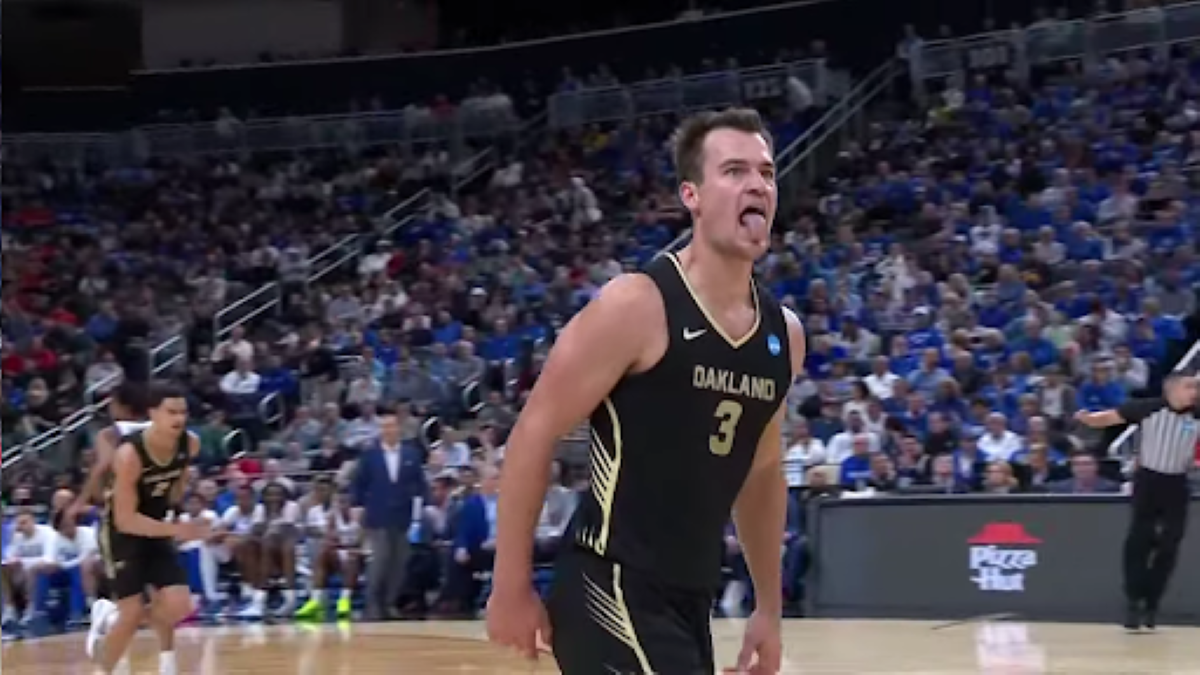This Sunday’s Bahrain Grand Prix—the inaugural race of the 2022 Formula One season—presents the international racing series with a dilemma. For a sport that focuses on going fast, Formula One has spent most of the past three months focused on its rearview mirror.
The controversial end to last season—a series of officiating calls that helped influence the driving championship outcome between Lewis Hamilton and Max Verstappen—echoed long past the 2021 season finale in Abu Dhabi last December. At various points throughout the offseason, hashtags like “#F1xed” and “#MasiOut”—the latter referring to race director Michael Masi, at the center of the Abu Dhabi maelstrom—kept trending on Twitter, indicative of the lingering international uproar.
The fact that the officiating calls effectively decided the championship means many will have a tough time “moving on” from the events of that race weekend. But hopefully, the start of the 2022 season will allow all parties to move past last year—getting a sport seeing an upswing in fan interest back on track.
What Happened
The controversy arose after a crash in the final laps of the Abu Dhabi Grand Prix. At the time of the incident, the Brit Hamilton led Verstappen on track. To seek his record-breaking eighth world championship, Hamilton had to finish ahead of the Dutchman at Abu Dhabi. The two came into the last race tied in championship points, but because Verstappen had won more races than Hamilton, Verstappen held the tiebreaker in his quest for his first championship.
The crash required a caution period, to remove the damaged car of Nicholas Latifi and related on-track debris. But Masi drew the ire of Hamilton’s supporters for 1) allowing some—but not all—lapped cars to pass the safety car at the end of the caution period and 2) restarting the race with one lap remaining, potentially in violation of the sport’s regulations.
The end result of these decisions meant that, when the race restarted with one lap to go, Verstappen lined up directly behind Hamilton, with no lapped cars between them. Because Verstappen had stopped for fresh tires during the caution period and Hamilton had not, the latter became a sitting duck. Hamilton’s old tires proved no match for Verstappen; the Dutchman easily passed Hamilton, driving away to take the win—and the championship.
What Should Have Happened
All other things equal, Masi’s attempt to restart the race appears like the correct instinct. After Hamilton and Verstappen had engaged in an epic duel amongst themselves all season, deciding the race, and therefore the championship, at slow speed behind the pace car would have seemed like an anticlimax.
But in Abu Dhabi, all else wasn’t equal. Hamilton likely did not pit for tires because he presumed (or hoped) the race would not resume. Masi’s series of calls put Hamilton in a box that gave him no realistic chance of winning the race, and therefore the championship, during the last-lap shootout.
The simpler solution? Formula One should have thrown a red flag, stopping the race completely to allow for a full clean-up of the Latifi incident. This would have:
- Allowed both Hamilton and Verstappen to get new tires, as Formula One teams can make adjustments to their cars during red-flag periods.
- Given race officials time to sort out the lapped cars, such that all lapped cars would remain out of the way of Hamilton, Verstappen, and other top competitors in the race’s closing stage.
- Eliminated several laps drivers spent queuing up behind the safety car, giving fans a chance to see more laps of green-flag, “heads-up” racing to decide who won the race—and the championship.
The first time I attended the Indianapolis 500, Indycar officials followed this approach. The series threw an unprecedented red flag following a late-race incident, to ensure fans would have a chance to see the race finish as a race, rather than finishing under caution for the fifth straight year.
That move paid off, leading to one of the closest finishes in Indy 500 history. Even the second-place finisher that year, Helio Castroneves, said stopping the race to allow for a green-flag finish was “the right decision.” By contrast, Hamilton said he lost some faith in the sport after December’s debacle in Abu Dhabi, feeling (with some justification) that Formula One officials had cheated him out of a record-setting championship.
Moving Forward
The Abu Dhabi controversy led to several changes within Formula One. For starters, Michael Masi lost his role as race director last month. In addition, a video replay booth serving as proverbial “eyes in the sky” will check the race director’s calls in real-time.
On Tuesday, the sport also announced tweaks to the procedures governing lapped cars during caution periods—one of the main sources of controversy last December—and is expected to release its full report on the Abu Dhabi race this weekend. Hopefully, the release will draw a line under the Abu Dhabi race, the outcome of which likely satisfied no one—even Verstappen, who could face persistent questions about whether his first championship comes with a proverbial asterisk.
With the sport growing in popularity, thanks in part to the Netflix series “Drive to Survive,” everyone in Formula One has an interest in using the start of the 2022 season as the time to move past Abu Dhabi. Racers fixated on their mirrors quickly become ineffective drivers—an adage that applies to the sport as much as to its participants.









